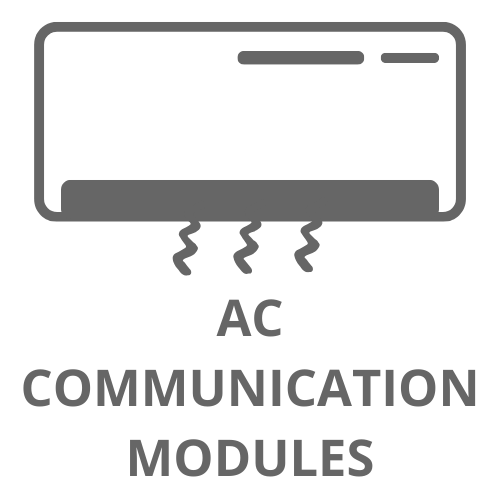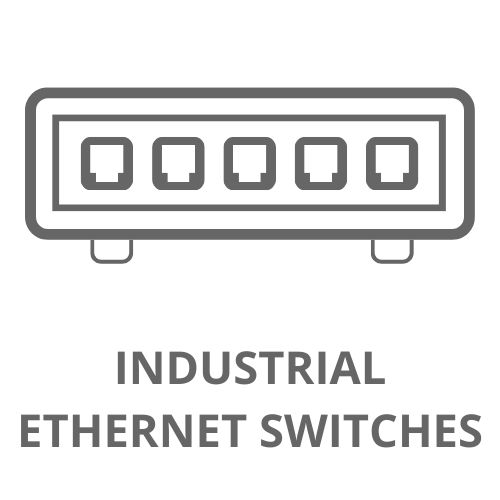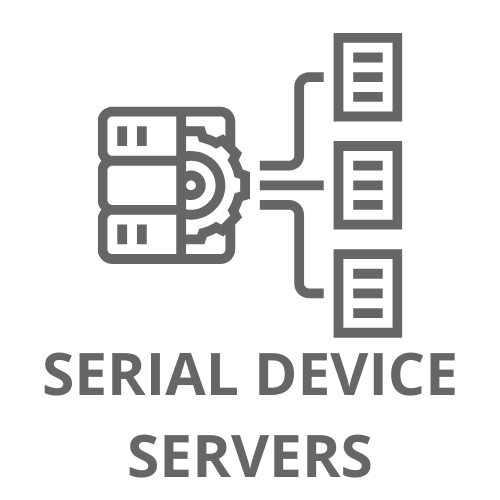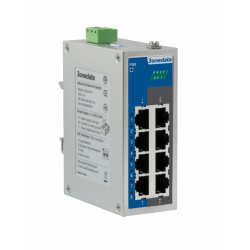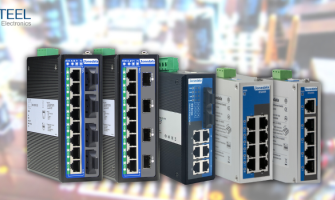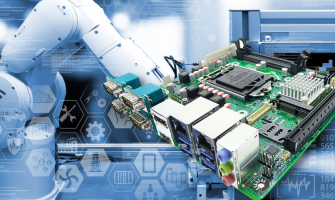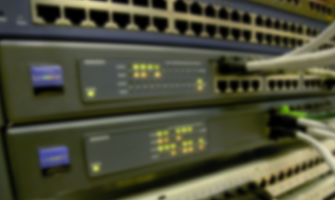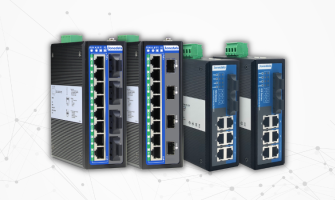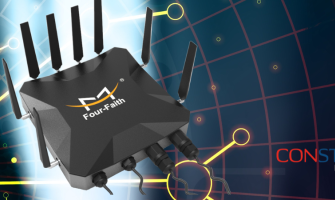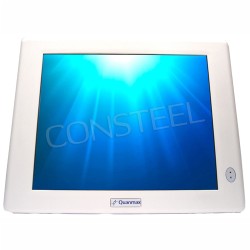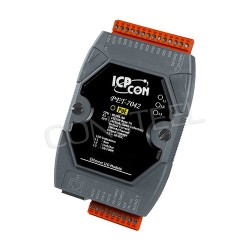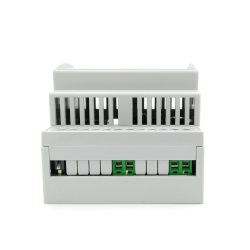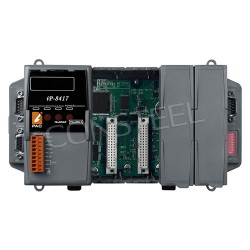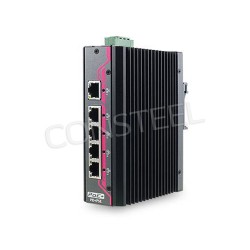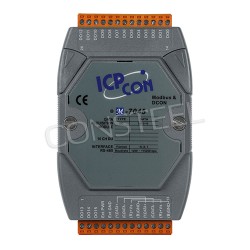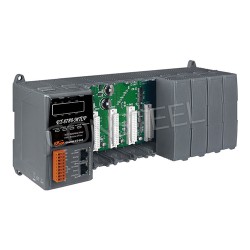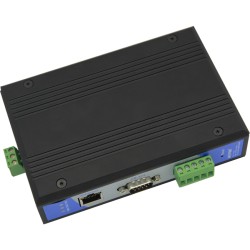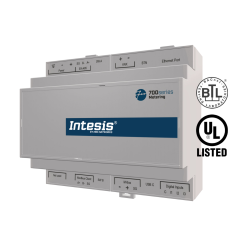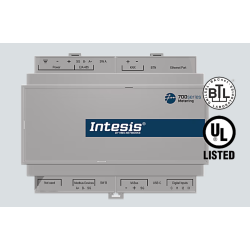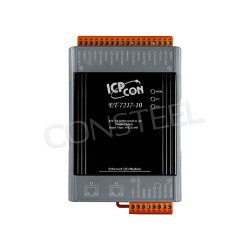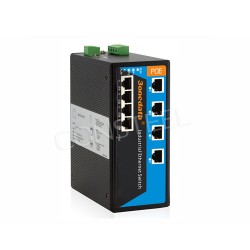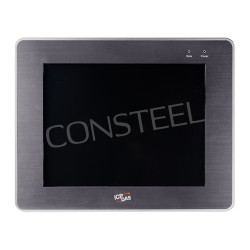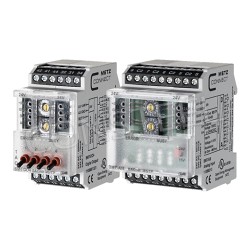Differences between managed and unmanaged switch

In the field of networking, switches play a key role in facilitating communication between devices in a local area network (LAN). When it comes to switches, there are two main categories: managed switches and unmanaged switches. While both are used to direct data traffic, they differ significantly in terms of functionality, flexibility, and manageability. Understanding the differences between these two types of switches is essential to optimizing network performance and meeting specific organizational requirements.
Unmanaged switches - simplified connectivity
Unmanaged switches is a simpler version of the switch, designed for easy plug-and-play functionality. They are typically used in small networks or home setups where simplicity and cost-effectiveness are paramount. Unmanaged switches operate autonomously, do not require configuration or ongoing management, a great example of such an industrial unmanaged switch is the IES2005 model -5T-P48. The basic function of this type of switch is to receive data packets from connected devices and forward them to the appropriate destination without any intervention.

The simplicity of unmanaged switches has several advantages. First, they are extremely easy to configure (users can simply connect their devices to the switch) and it will start working immediately. Additionally, unmanaged switches are typically less expensive than their managed counterparts, making them an attractive option for budget-conscious consumers or in scenarios where basic connectivity is sufficient.
However, the lack of management features in unmanaged switches means also lack of control over network traffic. Users cannot prioritize specific types of data or configure security protocols, which limits their usefulness in more complex network environments. Additionally, troubleshooting and diagnosing problems with unmanaged switches can be challenging because visibility into network operation is limited.
Managed switches - greater control and flexibility
Managed switches offer a higher degree of control, configurability and functionality. They are equipped with a built-in management interface that allows administrators to monitor and adjust various aspects of network operation, such as IES618. Managed switches provide features such as virtual LANs (VLANs), quality of service (QoS) settings, port mirroring, and more, enabling administrators to optimize performance, increase security, and prioritize critical applications.
One of the main advantages of managed switches is the ability to segment the network using VLANs. By dividing the network into separate logical domains, administrators can improve security, reduce broadcast traffic, and increase overall network performance. Additionally, managed switches support QoS settings, allowing administrators to prioritize specific types of traffic to ensure optimal performance of critical applications such as VoIP or video conferencing.
Moreover, managed switches provide better visibility in network traffic and performance with features such as port mirroring, which allows administrators to monitor traffic on specific ports for troubleshooting or analytical purposes. They also support remote management features, allowing administrators to configure and monitor the switch from a central location, making them ideal for larger or geographically dispersed networks.
Choosing the right switch for your needs
By selecting managed switch or unmanaged, it is necessary to take into account the specific requirements of the network environment. Unmanaged switches are best suited for simple configurations where basic connectivity is sufficient and cost is the main concern. Managed switches, on the other hand, offer greater control, flexibility and scalability, making them ideal for companies, enterprises or organizations with more complex networking needs.
Ultimately choosing between amanaged switch They andan unmanaged switchdepend on factors such as the size of the network, the level of control and visibility required, budgetary considerations, and future scalability requirements. By understanding the differences between these two types of switches, network administrators can make informed decisions to ensure that their network infrastructure meets both current and future needs.





